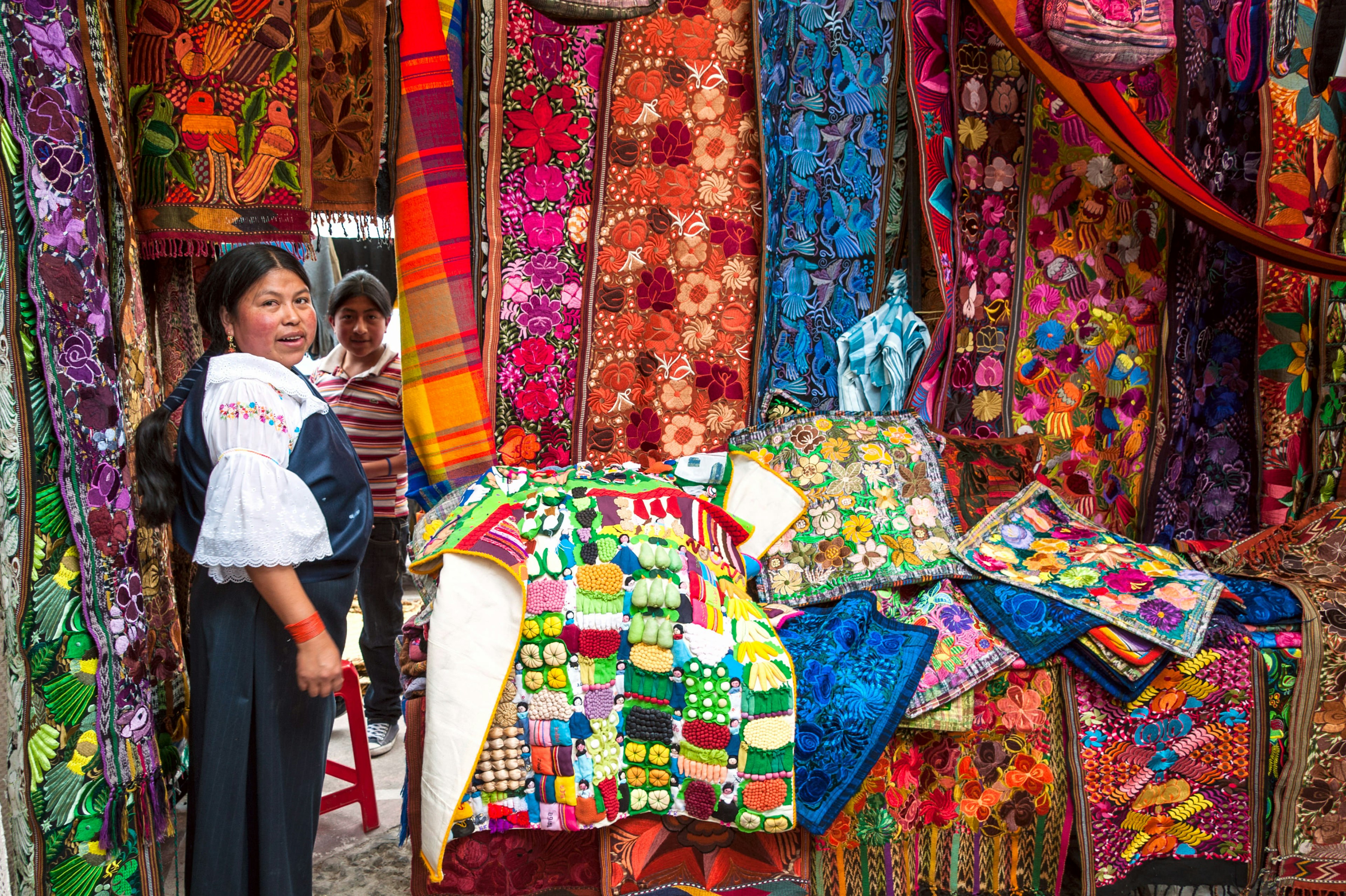Travel Tips for Ecuador with iBestTravel
With an incredible landscape that includes the lush and wild Amazon rainforest, Andean highlands, a Pacific coastline, and even the famed Galapagos Islands, Ecuador packs a lot into a small space.
Brimming with diversity, you can experience different geographical regions within a few hours. It’s no wonder that this is one of the most popular destinations in South America.
Nevertheless, with the US dollar as the official currency, Ecuador can be more expensive than its neighbors. However, with these insider tips from iBestTravel, you can still have the trip of a lifetime without breaking the bank.
Daily Costs in Ecuador
- Hostel room: $8-25 a night
- Basic room for two: $35-75 a night
- Self-catering apartment (including Airbnb): $30-55 a night
- Public transport one-way ticket: $0.25-$0.50 within the city
- Coffee: $2
- Lunch specials: $2-$5
- Dinner for two: $15-50
- Beer pint at the bar: $3-7
Try Booking a Flight Through a Spanish-Language Website
Unfortunately, Ecuador is one of the most expensive countries in Latin America to fly into. Despite the announcement of tax and airfare reductions in 2023, flights are still quite pricey compared to neighboring countries.
Traveling during off-peak months is always an option; however, prices don’t vary significantly. Therefore, the best recommendation is to secure the top deals by booking your flight well in advance.
A pro tip is to search for flights on Spanish-language websites. While you’re not guaranteed lower prices, you may find discounted options to the capital city or the main port.
Buy Bus Tickets at Terminals
Once in the country, you can easily find your way to other cities and rural areas by bus. Unless you’re visiting the Galapagos Islands, you can avoid flying entirely and choose local buses or bespoke hop-on/hop-off bus tours.
While some transportation companies offer online ticket purchasing, the most straightforward way to find cheap bus tickets is to visit the central bus terminals (terminal terrestre).
Distance between cities varies, but trips can take from two to 12 hours and cost between US$3 to $20, depending on the destination.
Avoid Traveling During National Holidays and Big Festivities
High season in Ecuador runs from June to September and from December to February. However, the charm of this picturesque country is such that you can visit any time of the year and still have an incredible experience.
Located on the Equatorial line, Ecuador doesn’t experience extreme seasonal changes, making it a great destination even in the off-season. Nevertheless, it’s advisable to avoid traveling during national holidays and significant festivities, as accommodation and transportation demand increases during these peak times.

Experience Local Food in Markets and Family-run Businesses
Although Ecuador’s gastronomic offerings are many and varied, the finest way to experience authentic local cuisine is to opt for food markets and family-run businesses.
Each region showcases signature dishes and culinary secrets, so heading to markets and so-called huecas (small neighborhood restaurants) will save you money while providing insight into the locals’ lifestyle.
Most restaurants offer wallet-friendly lunch specials (almuerzos) consisting of a three-course meal for a bargain price. Following the locals is a great way to discover worthwhile dining spots.
Pro tip: Visit local markets in Quito and Guayaquil to enjoy dishes like locro de papa (potato stew) and encebollado (fish stew) at incredibly low prices.
Visit Local Churches and Cathedrals
Home to Latin America’s best-preserved historic center, Ecuador is an ideal place to view colonial art and architecture closely. You can find beautiful, gold-capped churches and old-town cathedrals for free, especially in smaller cities.
Major cities also have free-entry churches, though access to domes and monastery museums may carry a small fee.
Utilize Self-Catering Accommodation and Shop at Local Grocery Stores
If you’d like to stretch your food budget, self-catering accommodation is a great option. These rentals provide kitchen facilities that help cut down on food expenses.
For cooking with local ingredients, shopping at local markets offers low-cost options and a wide variety. Given Ecuador’s geographical diversity, you can find nearly every fruit and vegetable year-round and try endemic delicacies on a budget.

Enjoy Ecuador’s Natural Landscapes for Free
Ecuador is synonymous with nature and diversity, so it’s fitting that many natural attractions, including national parks and hiking paths, are accessible for free.
Iconic spots can be explored without paying entrance fees. To maximize these experiences safely, consider visiting with a guide – the money saved on entrance fees can help cover the cost.
Book Tours with Locals
A smart option for visiting the country’s natural attractions is to book tours with local companies once you’ve arrived. Local tour operators often provide budget-friendly packages, allowing you to support the local economy while enjoying cost-effective trips.
These tours generally include specialized guides and cover transportation, tickets to attractions, and meals, starting around $25 per person.

Don’t Buy Your Souvenirs at Malls or From Resellers
This advice might seem obvious on any trip, but it is particularly true in Ecuador. The country is renowned for its chocolate, coffee, textiles, and crafts; therefore, the cheapest souvenirs can be found directly from producers and artisan workshops.
In Quito, instead of craft markets targeted at tourists, visit local artisan centers. For high-end chocolate and national drinks, supermarkets will typically be cheaper than souvenir shops.




